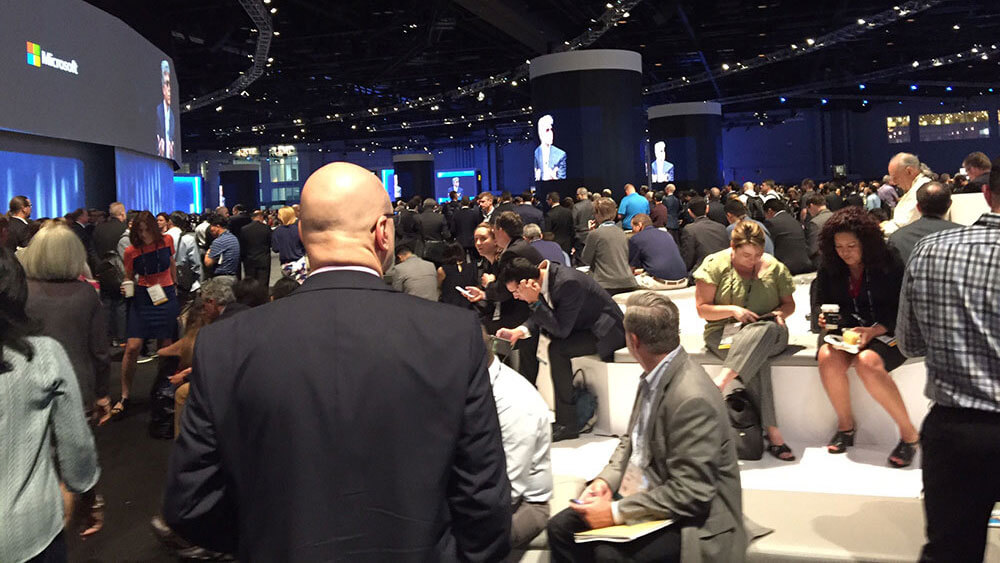We tend to focus on corporate marketing events in terms of their value to attendees and exhibitors, but there’s another important stakeholder group: a company’s sales team. How can you design an event that makes their jobs easier?
Last year, a group of us were given a back-of-house tour of SAPPHIRE NOW, the massive annual SAP user conference held at Orlando’s Orange County Convention Center, where we were introduced to a series of new initiatives, some of which were added to the event to make it a more effective platform for SAP’s sales force. Afterward, I spoke to Kerri Tenbrunsel, SAP America’s vice president sales, U.S. financial services, insurance, to see how those initiatives turned out.
When done right, corporate marketing events like SAPPHIRE NOW provide the organization’s sales team with the ability to consolidate their sales cycles, Tenbrunsel told me. “The software sales cycle is long. It could be nine months, it could be a year. Some very large transactions take years — part of what takes so long is that there are a number of steps we have to go through.”
That process involves discovery (talking to the customer “about their pain”), sorting through software solutions that could address that pain, demonstrating those solutions multiple times, and then arranging for potential customers to talk to actual customers — each of which alone could add weeks to the process. But “as a salesperson,” Tenbrunsel said, “I can accomplish multiple steps in a sales cycle in a matter of days while I’m at SAPPHIRE NOW.”
Here’s how the event’s design, with areas on the show floor designated for specific objectives, helps her do that.
Showcasing high-profile customers in a motivational keynote. There’s a big advantage to giving potential customers the chance to attend the keynote session on the first day of the event, Tenbrunsel said, so they can “be inspired, and hear what we’re doing with our snazziest customers, like Under Armour and Apple — the really exciting stuff.”
Experiencing the products. Once they’ve been inspired, she said, they want to learn more about products. “I can physically walk that customer to one of our solutions areas — we call them ‘Demo Pods’ — and they can see the product.”
Access to experts. From there, Tenbrunsel said, “I can then take them over to one of our solutions experts, who can ask them questions like, ‘Tell me about your organization. What are the pains that you’re experiencing? I know you like this product, but maybe that’s not the right product for you. Help us understand your organization a little better so that we can align the best solution.'”
Access to customers. “We can then leave that conversation,” Tenbrunsel said, “and I can walk this customer over to a customer round table. Those are customer to customer, so as an SAP salesperson, I’m not even allowed to participate in that. That’s an opportunity to ask questions of other customers, like, ‘What’s it like to work with SAP?’ ‘Did they stick to their timeline?’— whatever questions they want to ask.”
Making the most of face-to-face, on and off the show floor. “I don’t know if I’ve ever sold a deal in a year when I didn’t leverage SAPPHIRE NOW, in terms of bringing people together, getting people face-to-face, really building relationships,” Tenbrunsel said. “The fatigue of it all, the intensity of it all, the late nights, the dinners, all that,” she said, are worth it. “You’re in a bubble for three days, but it’s a good one.”

